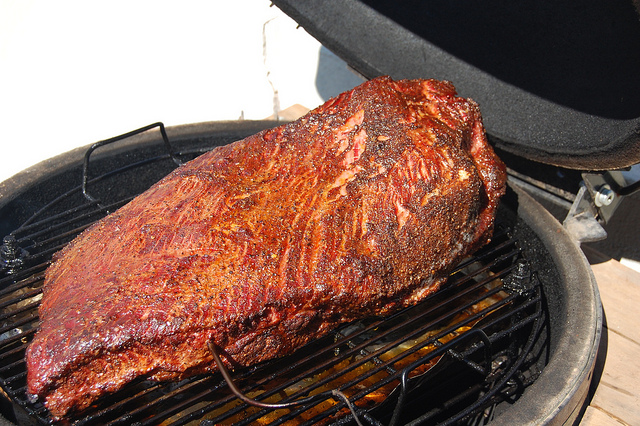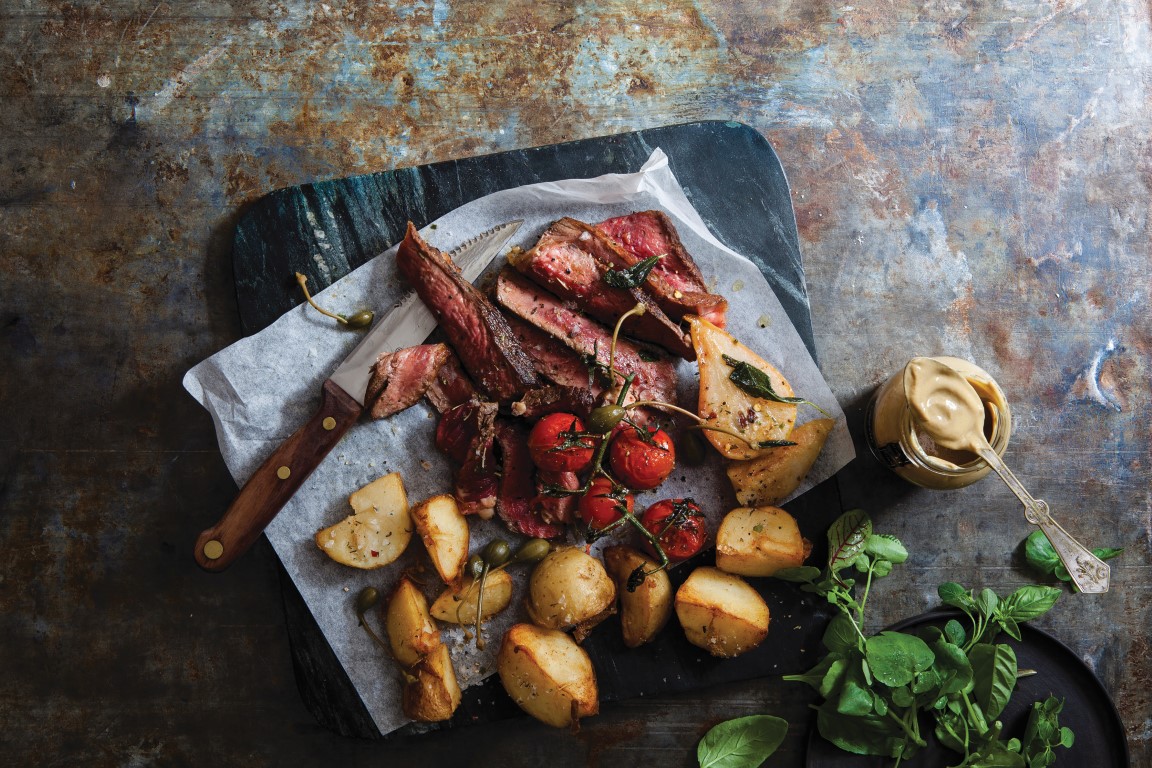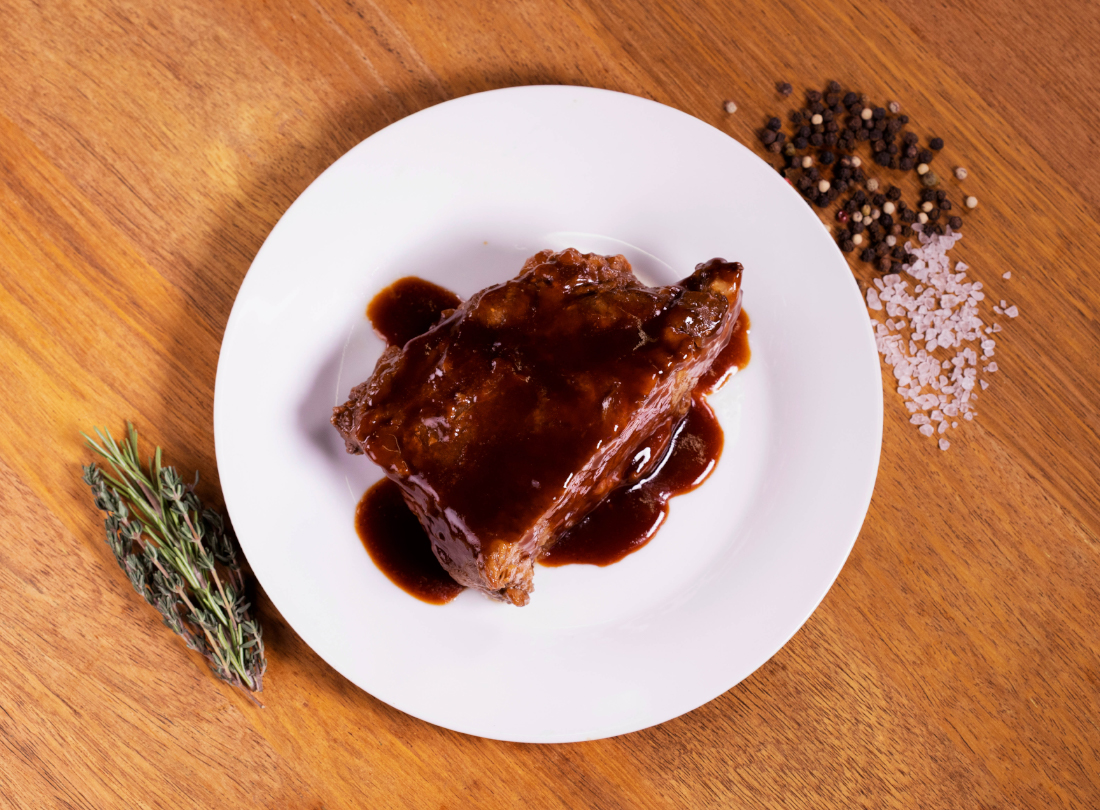

Beef brisket is a cut most of us know & love – it is commonly enjoyed in the form of pastrami, corned beef, smoked BBQ brisket and braised beef.
Brisket comes from the well-exercised breast section of the cow, and this means it has a lot of connective tissue. Although this connective tissue means that brisket is tough when cooked quickly, it also means that brisket becomes melt-in-your-mouth tender when cooked with ‘low and slow’ methods like braising, casseroling and smoking. Brisket is also perfect for shredding.
Brisket can be found at your local grocery store or butcher. Here are 3 things to bear in mind before you make a purchase:
Full Brisket or Just a Portion?
Brisket is often butchered into two cuts (these cuts are the navel end and point end, but we’ll chat more about that below); however, some butchers sell whole brisket.
Due to its lofty size (whole brisket can weigh up to 7 kilos), whole brisket is often purchased by chefs and BBQ aficionados who know the techniques required to cook both the navel end and point end sections to perfection.
Unless you are set on BBQing a whole brisket (or can’t resist the savings), you probably only need a cut. If you do purchase the brisket whole, we recommend that you ask your butcher if he can separate it into a navel end and point end portion for you.
Navel End or Point End?
This is the most important considerations you need to make. A whole brisket provides 2 distinct cuts – the navel end and point end. The cut you choose will depend on the sort of recipe you are making.
Navel End
The navel end is larger and more evenly shaped than the point end. It has a layer of fat on one side. Navel ends are ideal for classic oven-baked brisket, slow cooker brisket with onions and smoked brisket (it slices beautifully once cut).
Point End
The point end is more marbled than the flat cut, and also has more connective tissue and an irregular shape. The point end is perfect when you require slow-braised beef that can easily be shredded for sandwiches, burgers or tacos.
How Much Per Person?
Brisket is highly sought after thanks to its ability to feed a hungry crowd inexpensively. The third thing you need to consider when purchasing brisket is how much meat you will need. Bear in mind that cooked brisket will shrink a little as it cooks. Our recommended portion sizes account for the fat that will be trimmed or cooked away and for the shrinkage that occurs as the meat cooks. Brisket makes for delicious leftovers, so we always recommend over rather than underestimating your portion sizes!
- Buy 230 grams of raw brisket per person
- Serve 150 grams of cooked brisket per person
But ultimately it’s all about the appetites of your guests…
The information in this post is adapted from The Kitchn. Want to find out more about brisket? Check out What you need to know about beef brisket.
 Return to News
Return to News

















